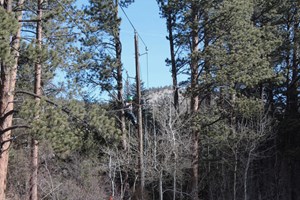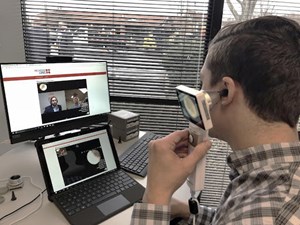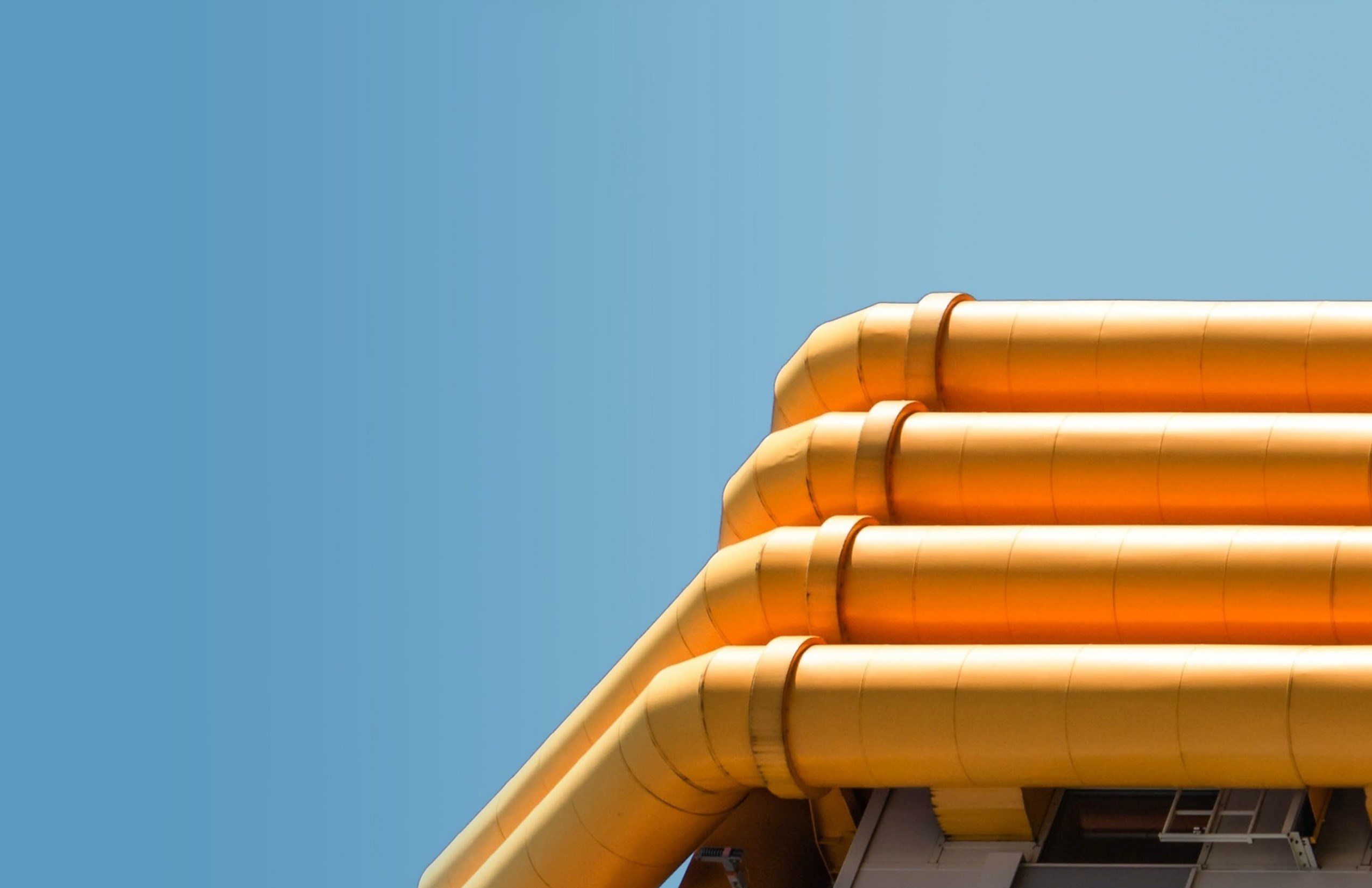
Running over 190,000-plus miles, liquid and gas petroleum pipelines underline North America’s production and export economies, connecting fields, refineries and global consumers to products that fuel daily life.
While engineered for safety and efficiency, pipelines are not without challenges. North America’s systems run around the clock, through the seasons and across hundred and thousands of miles of some of the continent’s most rugged terrain, as well as environmentally-sensitive wetlands, waterways and parklands. A single leak at any point can have devastating natural and human impacts.
Today, there are numerous expansion efforts underway to increase pipeline transport capacities to meet global energy demands. One such effort is happening in Canada. Kicked off in December 2019 and slated for completion by 2022, a liquid system crossing over 500 miles is being “twinned” to increase capacity threefold: an endeavor that takes matching an existing pipeline with a new pipeline that can accommodate heavier oil transport safely, subject to rigorous environmental protection guidelines.
An effort like this requires a world-class development partner and has it in Calgary-based Hifi Engineering. Hifi is a fiber optic sensing company that has been leading the North American oil and gas industry into the future.
Steven Koles has made a 25-year career of steering clean technology company transformations and telecommunications players to operational excellence. Since joining Hifi five years ago as the company’s President and CEO, he has helped drive Hifi’s transition from down-hole fiber optic applications into pipeline applications and turnkey services, managing everything from construction specifications to software deployments to technical support.
“Expansion projects are unique in scale. Safety is absolutely critical. With terrain complexity, high volume transport needs and sensitive environments, you need turnkey solutions with smart monitoring at their core.”
-Steven Koles
A Bright Idea in Fiber Optic Applications
Pipelines are by most measures safer and lower-footprint petrochemical vehicles than trucks or rail cars, and their construction has been optimized over the years. But a pervasive challenge has existed in leak detection systems. For the past 25 years, the dominant detection technologies—electromagnetic flow meters—have offered variable sensitivity and specificity for leaks.
In this critical challenge was Koles’ and Hifi’s ground-breaking opportunity: implementing a high-fidelity leak detection system using advances in fiber optics and machine learning.
Fiber optics can carry huge amounts of data over long distances efficiently, transmitting data as pulses of light sent through strands of glass or plastic. Deployed as sensors installed directly along a pipeline, Koles and Hifi determined that sensors could pick up subtle acoustic, temperature and vibration anomalies down to 32-foot stretches. When integrated with machine learning algorithms and system hardware placed every 25 to 30 miles, Hifi’s sensing architecture could continuously scan a pipeline for the precursors to leaks and breaks and issue early alarms. And better yet, do so with more speed and less interference than a flow meter system. In short, the implications for precise leak detection and overall system safety were massive, even within a massive system.
Before putting this specialized hardware-meets-software solution to work on the large scale, Koles and his team of engineers had been testing it on small and mid-scale pipeline projects, securing over 70 patents along the way. Taking on an expansion project meant additional variables: vast distances to cover. Extreme temperature dips. Construction complexity. A whopping 80 to 90 terabytes of data that can be generated by the day.
For Koles and Hifi, the path to Dura-Line, part of the Orbia community of companies, was a straight line.
End-to-End-of-the-Line Performance
Koles had been connected with Dura-Line for five years, having first discovered Dura-Line’s HDPE solutions with Hifi’s transition into pipeline applications. Koles and his team determined that the FuturePath line had the right features for this project: the balance of enough over-sheath protection for delicate fiber optic sensors but not too much so as to impede the optimal signal-to-noise ratio and high-speed data transmission.
Koles knew that the flexibility of conduit would either make or break construction. With building beginning this past winter, he cited several practical factors: “When you’re deploying this conduit off of 6,500-foot spools and it’s negative 5 degrees, heavy conduit is not only not fun to handle, it also may not have the give you need for fiber injection.”
And with rugged territory requiring both standard buried deployment as well as horizontal directional drills to get around waterways and through peaks, customization of Dura-Line’s FuturePath was the clear answer.
Says Koles, “We worked with Dura-Line extensively on finding the right balance for all these variables on the project, and have been very happy with the customization.” He added, “The lifetime of fiber optics and conduit are quite extensive. Installed well and using quality products, you’re looking at 50 years. The lasers in your computing hardware and your AI software will have to be upgraded every decade, but fiber optic sensors and conduit are where there’s value and significant efficiencies.”
What the Future Holds
With this expansion project well underway, Koles and Hifi are finding numerous opportunities to learn as they build. As Koles says, “The sheer scope of data management is unique, but so too is managing multiple construction teams and figuring out system configuration as we go.”
Koles is confident in Hifi’s turnkey model and specialized technology, which he notes has applications for intelligent highways, perimeter security and other safe and smart infrastructure projects. He also anticipates that as more big energy players like Kinder Morgan, Enbridge, Exxon Mobil and Husky Energy adopt Hifi’s fiber optic sensing systems, a new industry standard will be set.
“Demand for hydrocarbons continues to rise—and not just as direct fuel, but as derivatives that are used in manufacturing daily products. The question becomes how do you satisfy scaled up demand as safely and efficiently as possible? For the oil and gas industry, projects like this are demonstrations of what the future of responsible energy delivery can look like, making the most of smart technology with the fewest upfront resources.”
-Steven Koles
In the case of this project, Hifi is lining up the safe and environmentally-sound pipeline system: a concept that—through material innovation—is no longer an oxymoron.
More Stories




